If you’re looking into having a custom shirt made through Spier & Mackay, I recommend them. Of the online custom shirt makers I’ve tried, they have my favorite pattern. Something about the way they cut the armholes and chest is magic—fitted but not constricting.
The process is pretty straightforward, but it can nonetheless be daunting because the pressure to get it perfect on the first go is high. I’ve ordered a few shirts at this point, and have some tips for getting the best results.

Fit considerations
Measuring
I prefer to measure shirts I like the fit of and combine those measurements into the ideal amalgamation of them all. That gives maximum control over the resulting fit pattern. Below are some tips to make sure you get it right.
- Pay attention to their specific instructions for how to measure by watching the embedded YouTube videos for how to do it. In particular:
- Neck measurement is measured from the button to the middle of the buttonhole, not the far end of the buttonhole (like some other shirt makers).
- Cuff is measured end to end, not button to buttonhole (this is huge; don’t mess this up).
- The sleeve measurement is straightforward, but many people have a misconception about how long a shirt sleeve should be. A sleeve should hang about an inch past your wrist when the cuff’s unbuttoned (and your cuff should be cut slim enough that when it’s buttoned, your hand stops the cuff from slipping down). Watch the video of how to measure your body for a shirt and that illustrates where it should go. When you’re inputting your own shirt measurements, adjust accordingly.
- The armhole measurement is tricky to figure out. You measure a shirt by laying it flat but that makes the armhole curve a little. The instructions say to measure straight, though. So here’s how to think of what you’re doing to alleviate confusion: Measure the full length of the seam. You can either do that by leaving it curved and measuring around the curve, or pulling it straight and measuring it straight.
- Speaking of armhole, my suggestion is to go for a relatively small armhole and relatively loose bicep. My first shirt had a high armhole and slim bicep and it feels constricting. My second shirt had a slightly more relaxed armhole and slim bicep, and it still felt a little constricting. I locked it in at a small armhole, with looser bicep, and it’s awesome. Great range of motion, comfortable, and wearable.
- Elbows and forearms. I hate feeling like my shirt might tear at the elbow. But if you have a fairly fitted cuff and relatively fitted bicep (compared with the way many shirts are super loosely cut), that can happen. So I specified the elbow measurement in the comments of the shirt order. That measurement is simply measuring the sleeve from the end of the cuff to the shoulder seam, and right in the middle is where to measure the elbow. Measure it straight across the sleeve.
- If you also want to specify the forearm, which might be unnecessary (I did it but if you specify the elbow it’ll probably work itself out), you measure 6 inches up from the cuff seam (where it attaches to the sleeve) and take the measurement straight across. Measure straight across the sleeve.
Do you have to allow for fabric shrinkage?
My experience has been that the shirts are cut accurately, and shrinkage has been minimal. I asked Rick, the owner of Spier & Mackay, and he confirmed that they cut with normal shrinkage allowance in mind, so you don’t have to game the system to get the result you want (which mirrors my experience so far). A few years ago, a couple fabrics they offered had major shrinkage, which got lots of chatter on Styleforum, but he tells me those fabrics were discontinued 2 years ago and it’s been a non-issue ever since.
What if the shirt comes out wrong? What’s the cost for a remake?
Remakes for fit problems that are your own making—say you don’t carefully read the instructions for cuff width (edge-to-edge, not button-to-buttonhole!) and they’re super tight—are half price. To initiate that process, just email their customer service at [email protected] to get the ball rolling. However, like any good company, if the shirt is cut wrong—say you specified a measurement and it comes out way off by more than a normal tolerance—they’ll make it right on their dime.
Design considerations
Collar choices are personal and many design choices are personal, too. But below are some of my preferences based on my own style and recommendations for design combinations based on what I’ve seen good designers do.
Button-downs
The button-down collars from Spier are rockin’. The classic one (C3-K) is really great for almost everyone. The Italian version they sometimes use off the rack for special makes (C22), like the washed denim shirts, is 10% extra cool and a little bigger, but not so noticeably bigger as to call more attention to itself. For those who want maximum collar drama, there’s the biggest Italian button-down (C23), which I plan to test eventually.
Design pairings with button-down collars
Pair button-down collars with the rounded single button cuff and normal placket. On the back, go for a center box pleat if you’re a traditionalist, but side pleats give it a modern twist that breathes a bit of life into the OCBD. Pocket or no is your choice. If it’s striped, specify “one piece yoke” in the comments.
Spread collars
I personally go for either large cutaways (which I like when worn without a tie the best), or large spread collars. So for me that’s the C21 and C19 collars. Big, tall collar band and big, long collar points, which tuck under a jacket nicely and stand tall. However, for someone with a smaller frame and/or shorter neck, the standard version of these collars would also work well (C13, C16, C17).
Design pairings with spread and cutaway collars
Pair these with either the rounded single button cuff or a mitered cuff (mitered is more business-y if that’s what you’re going for). For the placket, a French turn placket is the more business friendly approach; go standard placket for more casual fabrics like chambray or oxford cloth. And on the back, either side pleats or no pleats. I do no pocket, typically. One designer who makes a great shirt that dresses up or down excellently is Sid Mashburn who makes his with spread collars, a standard placket, rounded cuffs, side pleats and a front pocket in all types of fabrics, and it looks great in every situation.
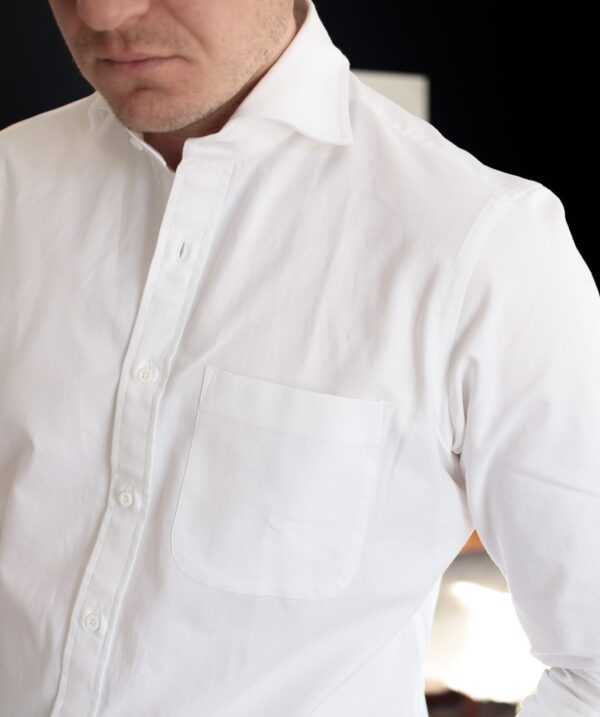
Collar linings (and cuffs and placket, too)
Unusual for many custom shirt makers is the ability to specify collar, placket and cuff linings. Most of Spier’s shirts have a fused interlining of some sort by default but you can specify in the comments box during the checkout process for them to use something different. Here’s the down-low:
There are four levels of collar interlinings ranging from lightest to stiffest. The linings can be either simply sewn in, or fused into the collar, and you can even have them use two layers if you want.
From lightest to stiffest, the identifiers are soft, medium, medium-firm, and firm. My preferences are for the lighter linings, which allow the collar to roll and have some shape to them (which is an Italian affectation; you may prefer the collar to stay starched in place). Here is how I have done shirts so far, and I like it. I may experiment in the future but for now this has given me good results:
- For shirts in more casual fabrics like oxford cloth or cotton-linen or madras, I go for a single layer medium sewn interlining. It gives the collar just enough body to shape nicely, but doesn’t weigh it down. Inside button-down collars, it gives the collar a perfect amount of body to roll beautifully, but is thin enough the collar still has some of the charming unlined look. This feels about like how a Drake’s Oxford collar feels to me.
- For shirts in business-y fabrics like broadcloth or pinpoint oxford, I go for the single layer medium fused interlining. The fusing makes the collar smoother in appearance, so it’s a bit more professional. It still stands up well under a jacket without a tie on, too. This feels about like how my Eidos dress shirt collars feel to me.
Just remember to specify in the comments box no only the collar lining, but for clarity, also specify that you also want the same in the cuffs and placket if your shirt is being made with a placket. (They might do this automatically but I’m not sure so it’s safer just to put it in writing.)
Basically unlimited options
You can ask them to do almost anything in the comments section. I haven’t gone too far down the rabbit hole with minute changes, but I have specified changes to the base collar pattern. Specifically, I’ve asked them to increase the front collar band height, and requested the collar be cut with no tie space. They accommodated both requests on my orders. (In case you’re wondering, I did that on the C21 collar, which modified it to be identical to my favorite Eidos shirt collar, the “Marcus”).
You can even send in a shirt you love and simply have them copy it, too. I haven’t done that, but if you want to give it a try, email [email protected] and they’ll tell you how to proceed.
So that’s it. Those are my tips for ordering a custom shirt from Spier & Mackay. While the program’s UI/UX on the website leaves a lot to be desired, and I still wish they’d allow you to order fabric swatches, the results and quality of the end product are excellent; and the price is outstanding.
Is there anything else you’d like to see covered in this article? Let me know in the comments below!
(Help support this site! If you buy stuff through my links, your clicks and purchases earn me a commission from many of the retailers I feature, and it helps me sustain this site—as well as my menswear habit ;-) Thanks!)
If you’re just getting into tailored menswear and want a single helpful guide to building a trend-proof wardrobe, buy my eBook. It’s only $5 and covers wardrobe essentials for any guy who wants to look cool, feel cool and make a good impression. Formatted for your phone or computer/iPad so it’s not annoying to read, and it’s full of pretty pictures, not just boring prose. Buy it here.


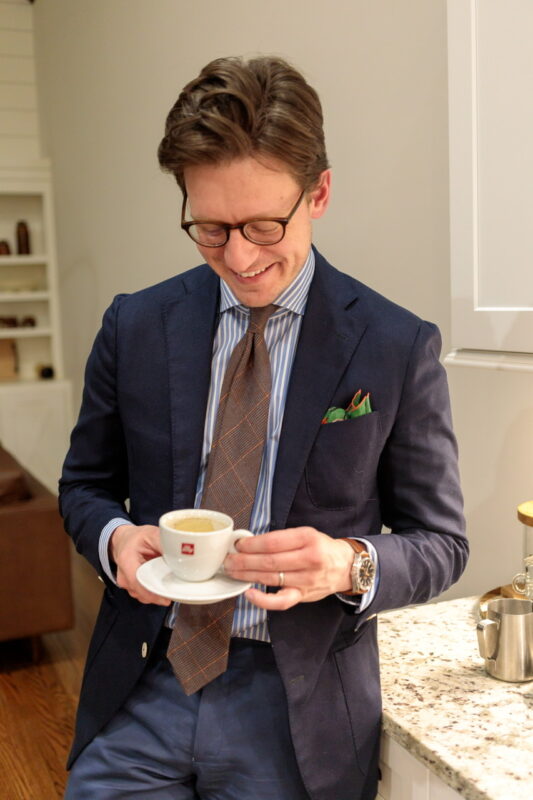


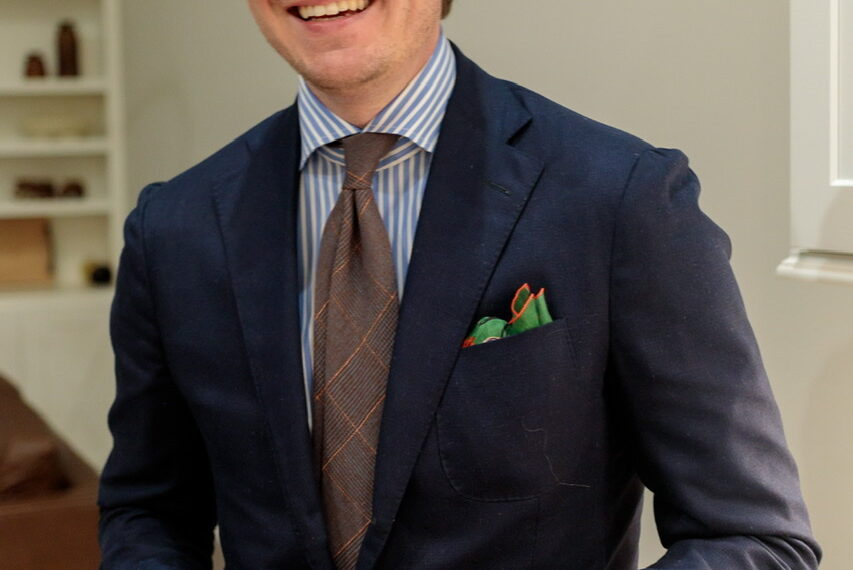
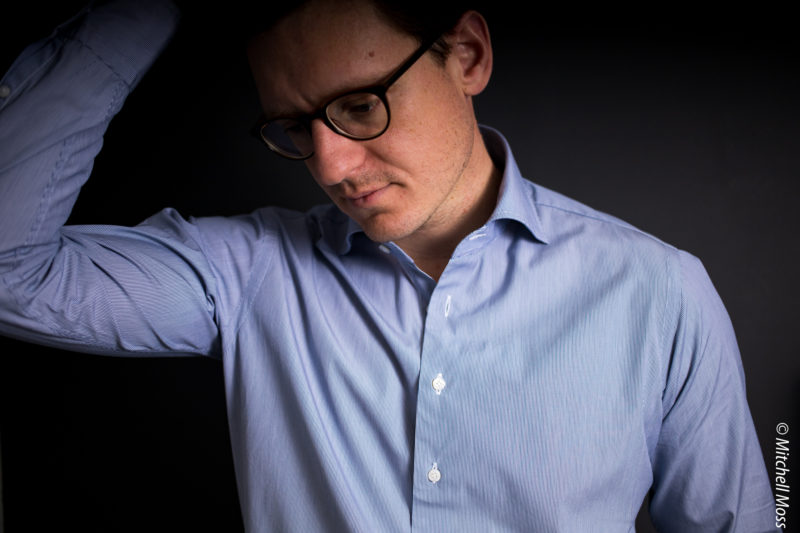
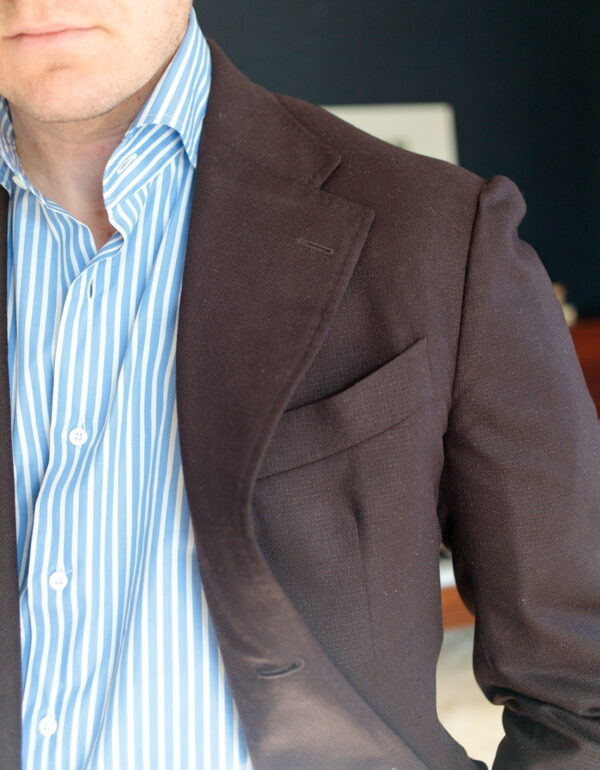

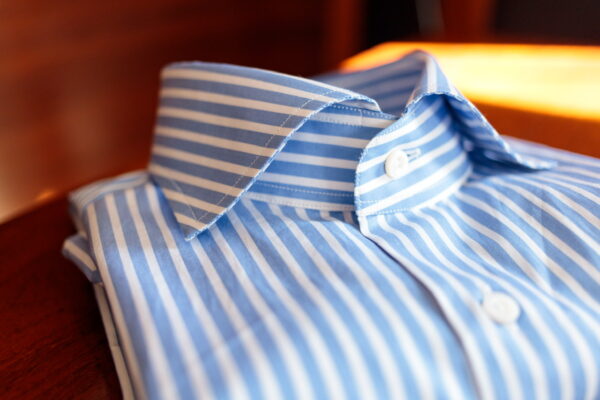
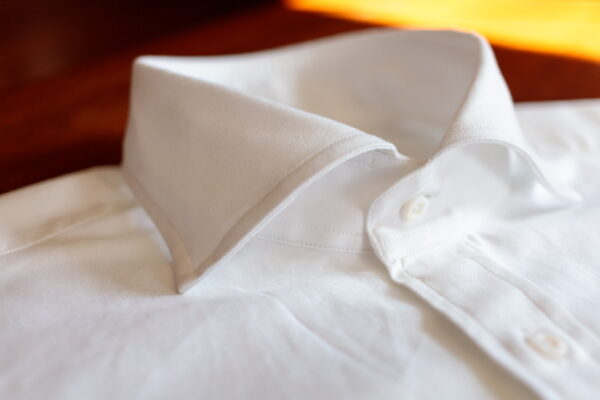


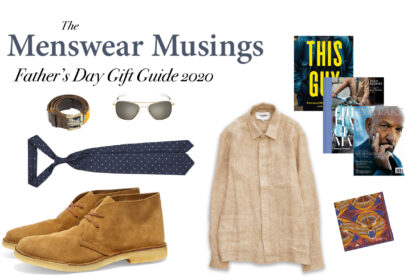

Thanks for this, a great guide! I especially liked your points about the collar linings.
One thing I’ve done is ask for extra space on one cuff to allow for a watch. One other thing I haven’t asked for yet but am hoping can be accommodated is a button on the back of the collar.
I’ll bet they can do the back-button collar.
I do specify a left-wrist watch allowance, just by writing “left cuff: x inches. Right cuff: y inches.”
This article is gold. I’m a S&M fan and was just about to order custom shirts. I’m a 16.5 with 36.5 sleeve and need a slim fit. I want to get just the right cuff showing from my suit sleeve and a correct collar. The small baby collars out there are killing me!
Hi Mitchell,
Very informative post! Have a couple of follow-up questions regarding the armhole/bicep fit considerations. For your initial order did you measure a shirt that you fits you perfectly in these areas but the SM shirt did not have same feel with those given measurements? To dial in fit, how much did you add from your initial measurements for bicep?
Thanks,
Andrew
The reason the first shirt was a little too constricting in the arms on the first go was a combination of a few factors: the pattern of the slim bicep moving down into a fitted cuff resulted in a narrow elbow; the narrow elbow PLUS the narrow bicep PLUS the high armhole is what made everything feel constricting.
My solution was: high armhole, looser bicep than I originally did, and I specify the elbow measurement in the comments box. I took the elbow measurement from a shirt I think is comfortable.
I added 1/2-inch to the measurement on the bicep (meaning the circumference would increase by 1 inch). So it’s not wildly looser but it makes a difference.
Hope that helps! Sorry for the late response.
When comparing Spier and Mackay and Proper Cloth, did you use the same shoulder slope and neck posture for both? Or did you find those aspects differed between the two makers?
I have used the same posture adjustments for both (which is, no adjustment). I am happy with the results on both, however I did have a strange yoke issue on my first shirt from Spier. I emailed them a photo and their tailor recommended a pattern change which is now on file for me with their workshop.
Very useful post – but S&M just made a change in how they measure cuffs. I recently bought a few shirts and noticed how big the cuffs were, despite making no changes from previous orders. Upon enquiry, their customer service told me that they do not measure the cuff from on end to the other anymore; they now do it from the button seam to the middle of the buttonhole. This is not what their tutorial video says and was told they are now changing it.
You can guess this makes a huge difference (of what, 0.75”?). The issue is that their website does not allow for a lower input than 8.75”, which made sense with the prior method of measurement, but now makes it complicated if you have tiny wrists.
So for any future purchasers: just check that aspect.